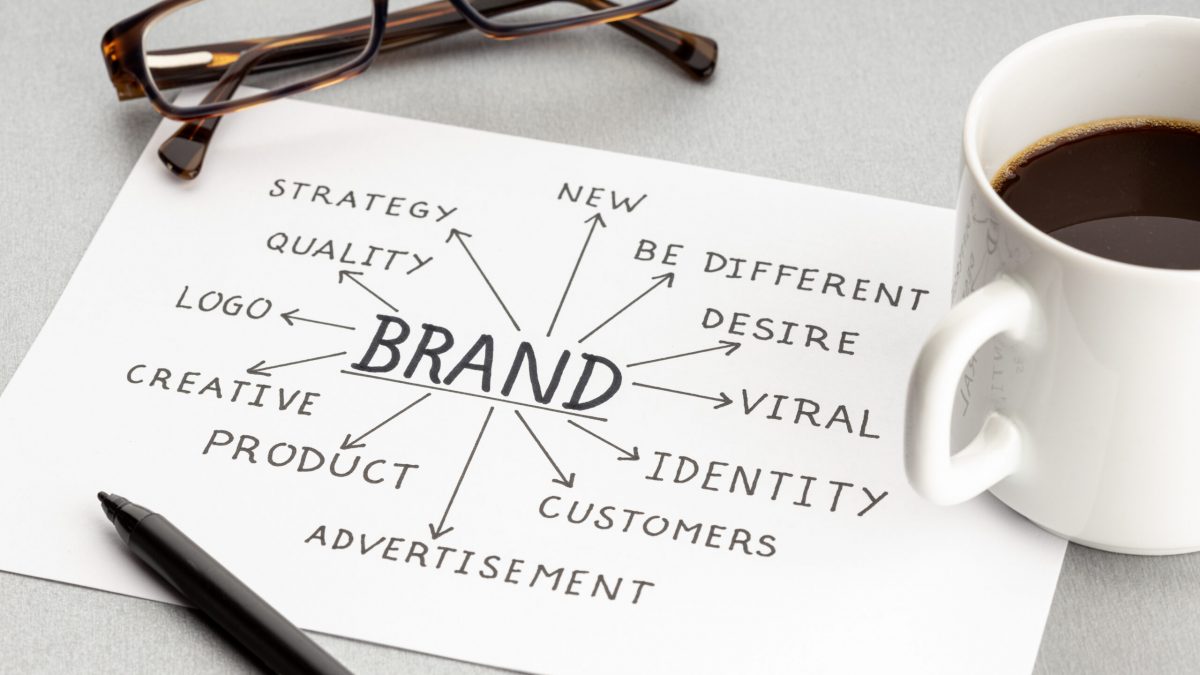Note: This blog was updated January 2025.
It floored me a few years back to learn that a very reputable college in our region paid mid-five figures for some “rebranding” work. The firm they hired took the school’s existing logo, changed the font and swapped the colors of the two lines that underscored the name.

Was it rebranding? Not by a long shot. Did it do anything to communicate the essence of the college to prospective students? Did it generate the emotional appeal necessary to move alumni to donate? Did it articulate why a Ph.D. should apply for a teaching position?
The reality is that many B2B business owners equate their “logo” with their “brand.” But it really is a question of “logo vs. brand.” Logo and brand are not the same thing!
The misperception that “logo = brand” is reinforced by freelance graphic designers who advertise “branding” work. What they are actually doing is designing a logo, letterhead and matching business cards. I’m not dismissing good logo work or the role it can play in the overarching identity of a company. But let’s be clear: If it doesn’t involve strategy, messaging, emotional appeal AND visual identity—then it’s not branding. Period.
Logo vs. Brand: Understanding the Difference
What Is a Brand?
A brand is the combination of visual, verbal and emotional attributes that define your company and distinguish it from the competition. It’s your promise to customers. And it should be consistent everywhere. Sales pitches. Magazine and newspaper ads. Website. Billboard. Truck signage. Even down to how the receptionist answers the phone. Your brand permeates everything you do, everywhere. A logo is part of a brand – and it sometimes becomes synonymous, like Nike’s swoosh. But a logo is not a brand.
What Is a Logo?
A logo is a graphic mark that supports public identification and recognition of a company or product. It’s used in marketing and promotional materials, websites, social media profiles and the like. A logo can create instant recognition of a brand using design elements and color. What is recalled, though, is deeper than the logo image itself; that’s the brand. (This is the crux of the logo vs. brand question.)
How Do You Build a Strong Brand?
Building a strong brand is a multi-step process. It starts with a hard look at the core values of your company. These often include elements like:
- Customer satisfaction
- Personal service
- Quality
- Price
- Responsiveness
- Honesty
- Atmosphere
First, write your specific core values down. Next, take a hard look at the competition and figure out what you do better, where you fall short, where you want to compete and how you are going to win market share.
With that competitive environment in mind, the next step is to create compelling, credible, consistent messaging that supports your business goals. This is easier said than done. Many businesses struggle with creating truly effective and distinctive messaging.
Once your core messaging is final, then – and only then – do you have the emotional foundation for creating a look and feel (i.e., a logo) that mirrors your values and supports your brand.
Creating a Logo that Reflects Your Brand
Customers and prospects are initially attracted or repelled because of the emotional impact of your brand. First impressions matter. How your brand makes people feel and react are the two key drivers of brand perception. So when a logo design shop says they’ll create your brand, ask them a few questions.
Questions to Ask a Branding Agency
- Will they interview your executive team?
- Will they help craft your “elevator speech”? That’s the short verbal overview that defines your brand and engages prospects.
- Will they help you extend and reinforce your brand through an event startegy?
- Will they help you gain traction on social media?
- Will they build an effective advertising strategy?
- Will they bring the brand to life on an SEO-friendly website?
tl;dr: Your Logo Is Not Your Brand
Logos and brands both matter – a lot. But they’re not synonymous – “logo vs. brand” is a real discussion to have. Your brand is everything about your company, and how it’s reflected to the public. Your logo is a visual representation of that. Take care to build both well, and you’ll reap the rewards.



